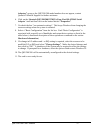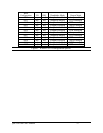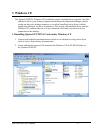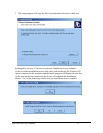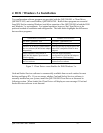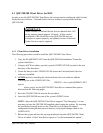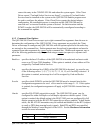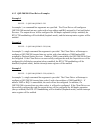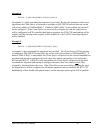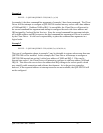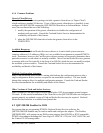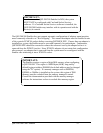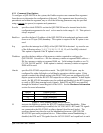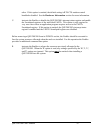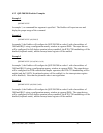
4.1.3 QSP-200/300 Client Driver Examples
Example 1
DEVICE = C:\QSP-200\QSP200CL.SYS
In example 1, no command line arguments are specified. The Client Driver will configure a
QSP-200/300 inserted into any socket with a base address and IRQ assigned by Card and Socket
Services. The output drivers will be configured for full duplex operation (always enabled), the
RTS-CTS handshaking will be disabled (loopback mode), and the interrupt status register will be
enabled.
Example 2
DEVICE = C:\QSP-200\QSP200CL.SYS (b300)
In example 2, a single command line argument is provided. The Client Driver will attempt to
configure a QSP-200/300 inserted into any socket with a base address of 300H and an IRQ
assigned by Card and Socket Services. If address 300H is unavailable, the QSP-200/300 will not
be configured. If the Client Driver can successfully configure the card, the output drivers will be
configured for full duplex operation (always enabled), the RTS-CTS handshaking will be
disabled (loopback mode), and the interrupt status register will be enabled.
Example 3
DEVICE = C:\QSP-200\QSP200CL.SYS (s0,b300,i5)
In example 3, a single command line argument is provided. The Client Driver will attempt to
configure a QSP-200/300 inserted into socket 0 with a base address of 300H and IRQ 5. If
address 300H or IRQ 5 is unavailable, the card will not be configured. In addition, if a
QSP-200/300 is inserted into any other socket, it will not be configured. If the Client Driver can
successfully configure the card, the output drivers will be configured for full duplex operation
(always enabled), the RTS-CTS handshaking will be disabled (loopback mode), and the interrupt
status register will be enabled.
QSP-200/300 User's Manual 19



